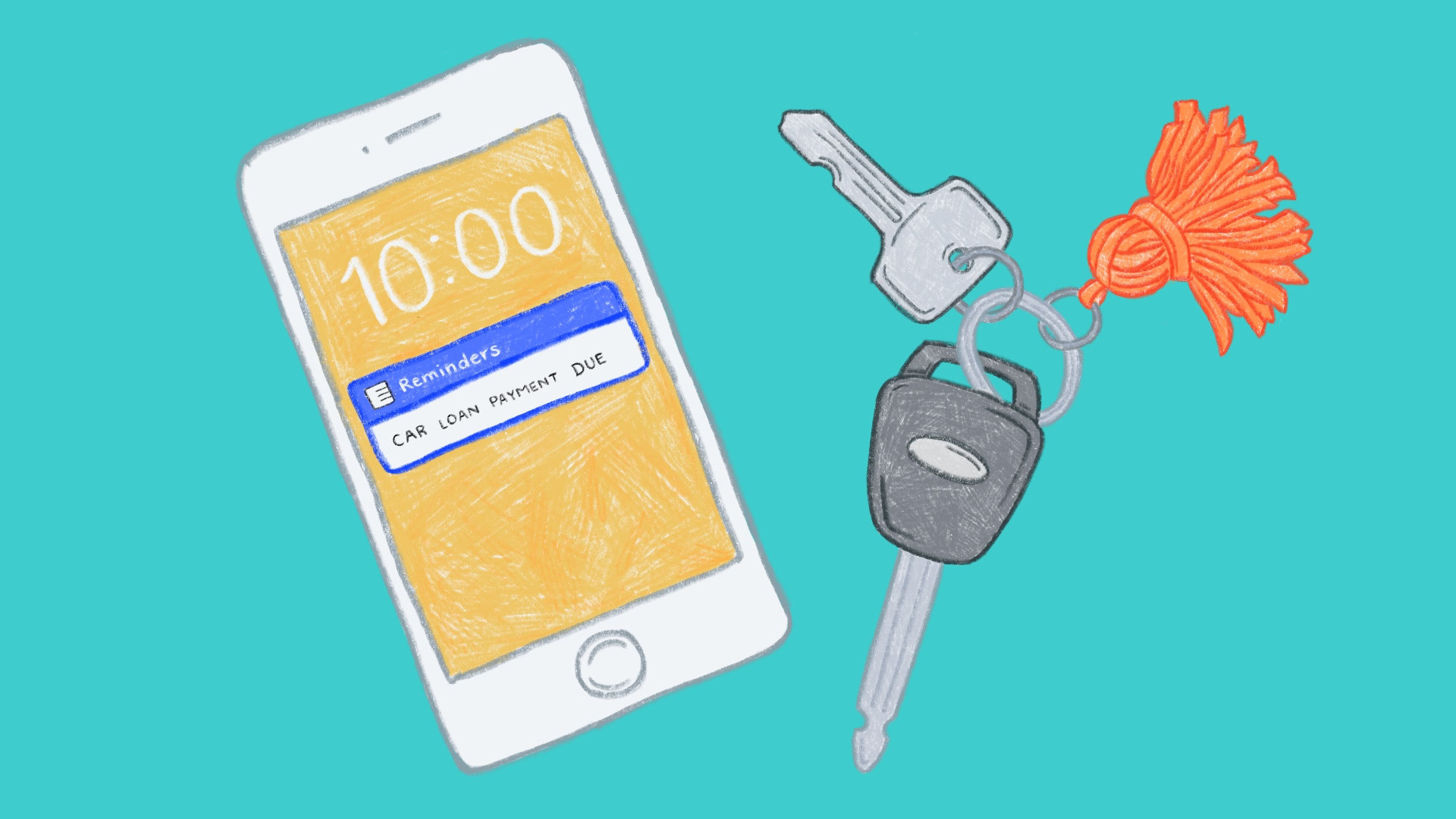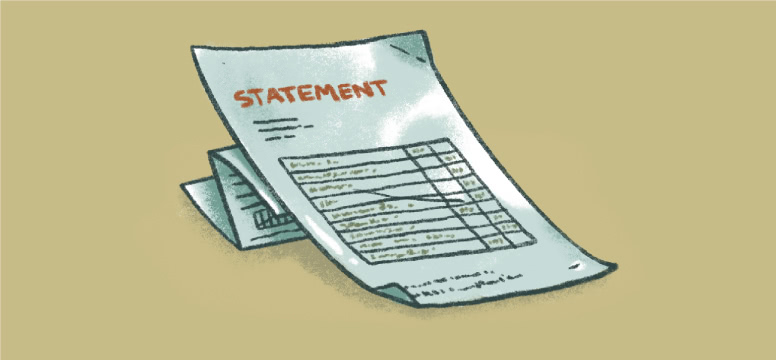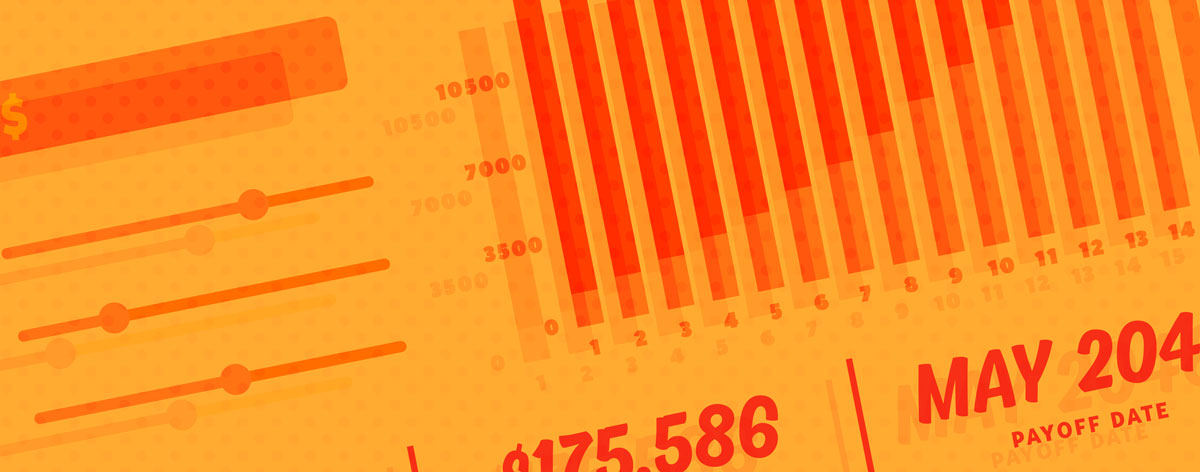What a Car Loan Costs
When shopping for a car, it's usually best to start by shopping for a car loan.
When you’re shopping for a car loan, remember that what it costs you to borrow depends on three things:
- The finance charge, expressed as an annual percentage rate (APR)
- The term, or length of time the loan lasts
- The principal, or amount you borrow
The APR (Annual Percentage Rate) is a percentage of the loan principal that you must pay to your credit union, bank, or other lender every year to finance the purchase of your car. This finance charge includes interest and any fees for arranging the loan. The charge gets added to the amount you borrow, and you repay the combined total, typically in monthly installments over the course of the term.
Here's an example: if you took out a $15,000 four year auto loan with a 7.5% APR, the minimum monthly payment would be about $363. If you only made minimum payments throughout the life of the loan, you would pay $2,408 in interest, meaning that you'll be on the hook for $17,408 total (principal + interest).
When you’re looking for a loan, you want the lowest APR you can find for the term you choose. The higher the rate, the more borrowing will cost you.
Most APRs you’ll be offered will be in the same ballpark. That’s because the cost of borrowing at any given time depends on what lenders themselves have to pay for the money they’re using to make loans. Rates can vary, so check with the financing arms of car companies promoting their car sales, or local banks and credit unions to find the lowest one.
You may even find that rates from car companies are as low as 0%—especially if sales have been sluggish and they’re trying to entice buyers. Obviously it can be a good deal. But be careful to read the fine print about the conditions that may apply.
The term of your loan also affects what it costs you to borrow. A shorter term means higher monthly payments (because you have less time to pay it back) but a lower total cost (because you aren't accruing interest for as long). The reverse is also true. A longer term means lower monthly payments but a higher total cost.
For example, consider the differences on that $15,000 loan at a 7.5% APR from the example earlier. The monthly payment for a three-year term would be about $467, a four-year term would be $363, and a five-year term would only be $301. But the interest and finance charges go the opposite direction. It would cost you about $1,798 in interest for the three-year term, $2,409 for the four-year term, and $3,034 for the five-year term.
Sometimes, though, you still might choose the longer term, and the higher cost, if you can manage the smaller payment more easily than the larger one. After all, it can be worth it to pay a little more over time if you’re worried that you might default on your payments.
But keep in mind that a car might start to cost you money for upkeep after it reaches a certain age or you’ve driven it long distances. You don’t want to choose so long a term for your car loan that you’ll still be paying it off while also having to pay for major repairs.
You might hear about balloon loans as you shop around for car financing. These loans require you to pay just interest, generally calculated at an average rate for the term of the loan, and then make a large final payment of the outstanding principal.
This style of payment can seem attractive, especially if you don’t have the money for a down payment on a regular loan. But it’s also extremely risky. If you can’t pay the final amount, you might have to take out another loan to pay the final installment—or worse, your car could be repossessed.
It should come as no surprise that the more you borrow, the more borrowing will cost. After all, the finance charge is determined by multiplying the interest rate times the principal. So the more you can reduce your principal, the more affordable borrowing will be.
One thing you can do to cut down your overall cost is to make the largest down payment you can afford so that you reduce your interest costs. Looking for a car that will have a good trade-in value, and trading it in while it’s still in good condition, will help you save money later on as well.

Not-So-Hidden Costs
Keep in mind that you should include the cost of auto insurance when deciding what car to purchase and what monthly payment you can afford. Your insurance premium will vary depending on factors such as where you live, your age, the coverage you choose, and the car you buy. Generally, a newer and more expensive car will be more expensive to insure.
Neither Banzai nor its sponsoring partners make any warranties or representations as to the accuracy, applicability, completeness, or suitability for any particular purpose of the information contained herein. Banzai and its sponsoring partners expressly disclaim any liability arising from the use or misuse of these materials and, by visiting this site, you agree to release Banzai and its sponsoring partners from any such liability. Do not rely upon the information provided in this content when making decisions regarding financial or legal matters without first consulting with a qualified, licensed professional.


